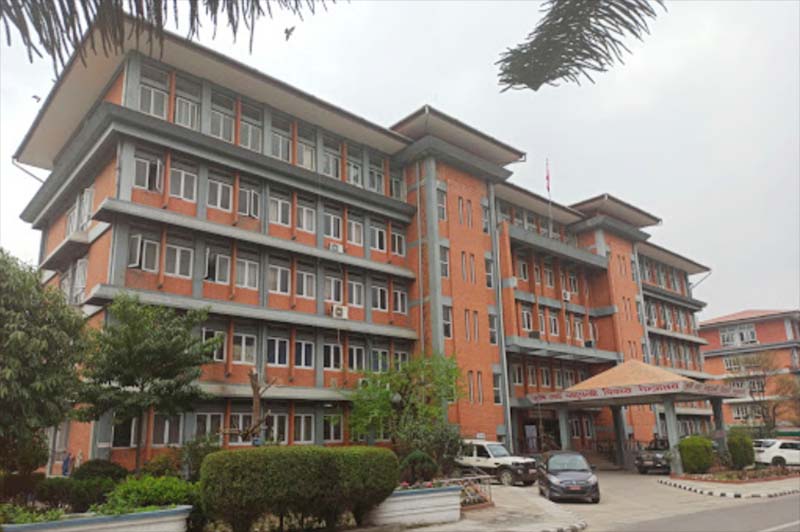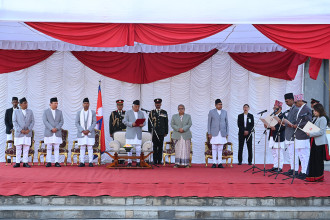
KATHMANDU: Nepal's paddy production decreased by 8.74% to 5.13 million tonnes in 2021, a five-year low, mainly due to damage caused by unseasonal rains in October, according to the Ministry of Agriculture and Livestock Development (MoALD).
Paddy production was 5.15 million tonnes, 5.61 million tonnes, 5.55 million tonnes and 5.62 million tonnes in 2017, 2018, 2019 and 2020, respectively, all higher than the output in 2021, according to the MoALD.
The fall came despite a rise in areas cultivated for paddy, and paddy productivity in the South Asian country declined by 8.61% to 3.47 tonnes per hectare, a four-year low, the ministry said.
Rice paddy was cultivated in 1,477,378 hectares of land in Nepal in 2021, about 4,000 hectares more than the previous year.
[gallery columns="1" link="file" size="full" ids="16101"]
Unseasonal rains in October inundated paddy fields at a time when they were ready for harvest and caused massive losses in the provinces of Lumbini and Sudurpaschim in particular, which contributed to a downfall in overall paddy production in 2021, the ministry said in a press statement.
Ram Krishna Regmi, chief statistician at the ministry, said that the untimely rainfalls were the biggest reason behind falling paddy production, and less paddy production could affect the country's food security given that most people in the country prefer rice.
"We may have to increase the import of rice," he said.
Paddy production matters to Nepal as it contributes around 50% to total cereal production in the country, while its agricultural sector accounts for some 26% of gross domestic product, according to government agencies.
By RSS/Xinhua
READ ALSO:
Published Date: January 5, 2022, 12:00 am
Post Comment
E-Magazine
RELATED B360 National





-1765524551.jpeg)